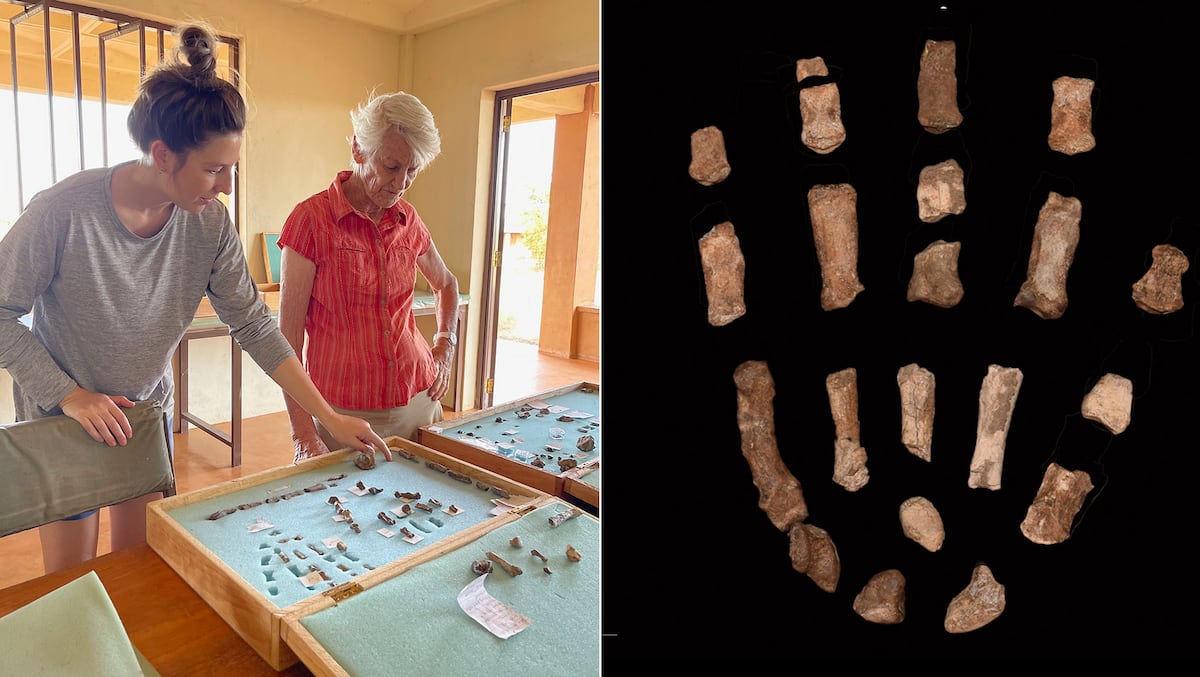
"For a long time, Paranthropus boisei, a hominid that inhabited the Earth from 2.6 million years ago to 1.3 million years ago, had been considered by experts to be a relative of humans. Its robust jaw, large molars, and powerful chewing muscles evidenced a diet as primitive as it was difficult to process, consisting of tough grasses and reeds that other species perhaps couldn't consume."
"A team of paleoanthropologists, led by researcher Carrie Mongle of Stony Brook University (United States), has found the first definitively identified hand bones of Paranthropus boisei. The remains, KNM-ER 101000, dating back approximately 1.5 million years, were found on the shores of Lake Turkana in northern Kenya between 2019 and 2021. This body part, described by specialists as long sought, provides one of the most coveted pieces of the evolutionary puzzle and changes the picture of how this ancient human relative lived and moved."
"The hand combines human features with those typical of African great apes. They found a long, robust thumb, short fingers, and a mobile little finger: proportions very similar to those of our own species, allowing for precision movements. Since Paranthropus and Homo share an ancestor from about three and a half million years ago, comparing this hand with our own lineage also allows us to infer what the morphology of our last common ancestor might have been like, Mong"
Paranthropus boisei lived from about 2.6 to 1.3 million years ago and exhibited a robust jaw and large molars adapted for tough grasses and reeds. The first definitively identified hand bones (KNM-ER 101000), dated to roughly 1.5 million years and recovered on the shores of Lake Turkana, reveal a hand combining human-like and African great ape features. The hand shows a long, robust thumb, short fingers, and a mobile little finger with proportions permitting precision movements. These morphological traits alter interpretations of locomotion and behavior and inform reconstructions of the last common ancestor shared with Homo.
Read at english.elpais.com
Unable to calculate read time
Collection
[
|
...
]